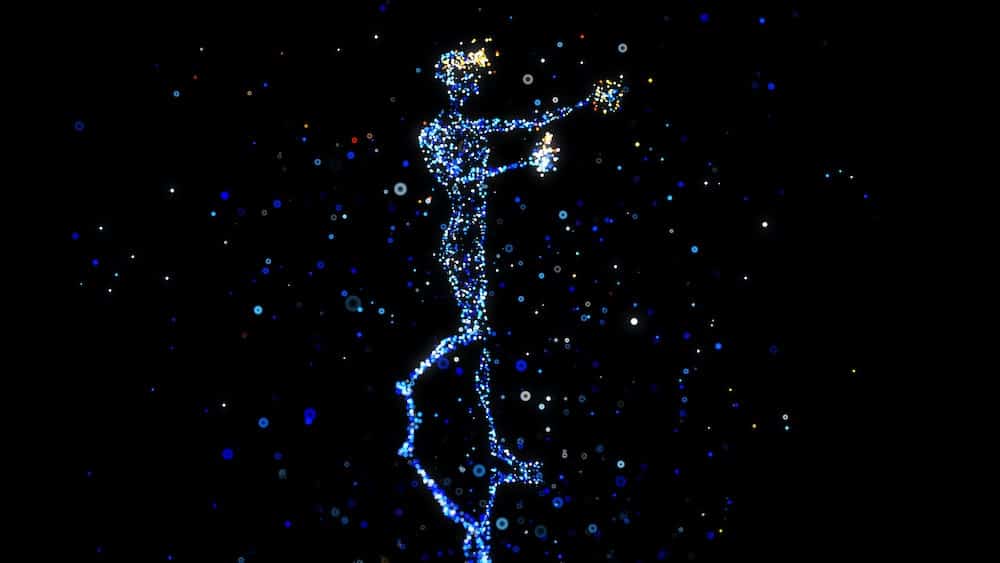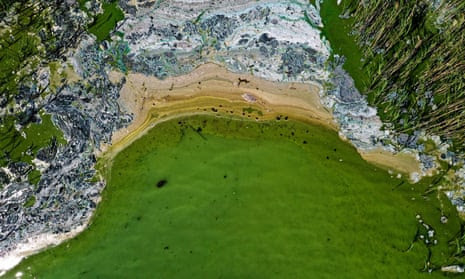
Until now, scientists have been unable to confirm the hypothesis that climatic changes throughout history have played a role in human evolution.
Researchers at Pusan National University in South Korea have now used simulations to demonstrate that these changes have shaped our evolution over the last two million years.
While global warming is accelerating today as a result of greenhouse gas emissions, natural climate changes have also occurred in the past, according to a cycle that scientists call the Milankovitch cycle. This natural evolution of the climate is due in particular to the eccentricity of the Earth’s orbit, the oblique inclination of the Earth’s axis of rotation in relation to the elliptical plane and the precession of the equinoxes, i.e. the modification of the direction of the Earth’s axis of rotation.
Our earliest ancestors were much more dependent on the environment than we are, settling in regions that were preferably fertile and humid, and not hesitating to move as soon as a water source dried up. Climate change thus helped to stimulate the development of human societies, making man more adaptable to his environment and capable of surviving in different environments.
Until now, the relationship between climate and human development has been difficult to prove, as physical evidence, particularly from ice cores and human fossils, has rarely been able to link the two. Researchers have managed to circumvent this problem by modeling changes in environmental conditions over two million years and integrating climate changes linked to the Milankovitch cycle.
A supercomputer generating 500 terabytes of data ran for six months, analyzing climate changes linked to the shrinking of the ice caps, changes in greenhouse gas concentrations and the transition in glacial cycle frequencies a million years ago. This information made it possible to define the climate that could be observed in regions where scientists have archaeological resources and fossils attesting to the presence of several human species, from homo erectus to homo sapiens in particular.
Thanks to these results, researchers can trace how human groups dispersed across the earth’s surface over the centuries. These migrations can now be linked to climate models that take into account changes in temperature and food availability.

Alex Timmermann, lead author of the study, explains that the nature of today’s human society has been shaped by its ability to adapt to slow changes in climate over the past millennia. Researchers have been able to show how societies have developed particular aptitudes for adapting to the climate, such as the mastery of fire in cold regions, and how certain climatic events such as droughts have reduced the size of vulnerable populations, lowering the diversity of the genetic heritage of these species and allowing only individuals with a certain genetic characteristic to survive and pass it on to subsequent generations.
Some of these characteristics have been so preponderant that they explain the transition from one homo species to another. By studying areas of contact between species, i.e. habitats occupied by different human species that overlap in space and time, researchers have been able to reconstruct a hominid family tree based on climate.
The key feature of this family tree is its similarity to family trees based on genetic or morphological data and analysis. The authors of the study believe that the evolution of the human species can only be explained by integrating the climatic changes that affected ecosystems during the Pleistocene, between two million and ten thousand years BC, even if material evidence is still lacking to confirm this theory.




